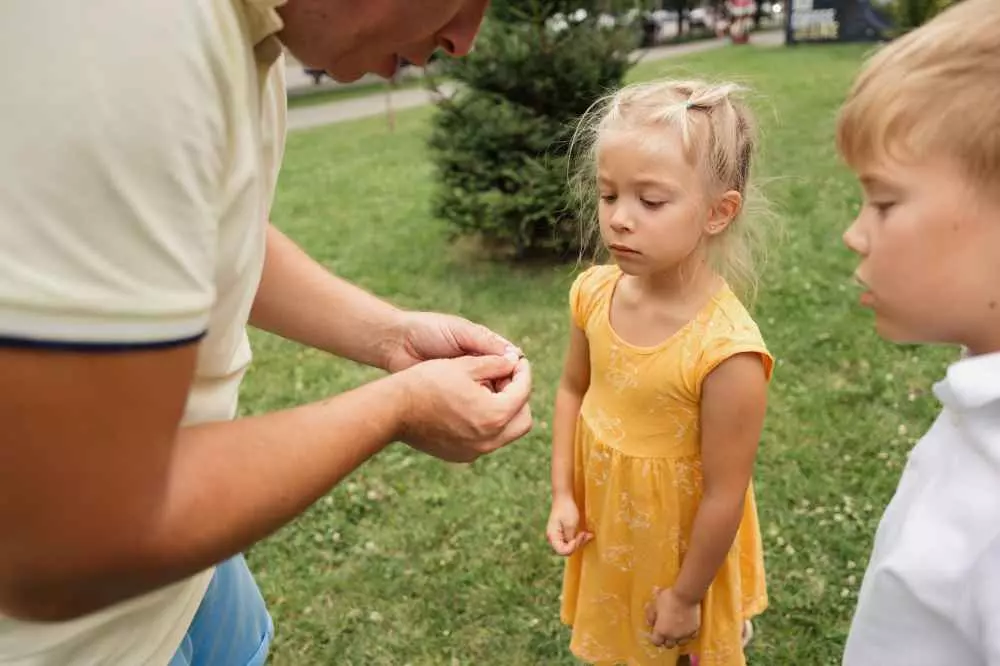Introduction to attachment theory
Attachment theory was developed by John Bowlby and Mary Ainsworth in the mid-20th century. It describes how early interactions with caregivers affect a person's emotional and psychological development. Attachment, research indicates, is crucial to mental health and the quality of interpersonal relationships in the future.
The infancy stage: the foundations of attachment
During the first year of a child's life, attachment building is particularly intense. Babies need closeness, warmth and responses to their needs to develop secure attachment. Caregivers who are available, responsive and participate in the child's emotional life allow trust and security to build.
When emotional needs are unmet, children may develop attachment styles such as anxious or avoidant. Anxious attachment brings with it the fear of losing a caregiver, while avoidant attachment results in emotional distance. These early experiences not only shape how a child relates to caregivers, but also influence future interpersonal relationships.
Early childhood: exploration and interaction
During early childhood, children begin to explore the world beyond the proximity of their caregivers. Attachment patterns that were formed in infancy become more important as the child begins to establish relationships with peers and other adults. This is the time when children learn social skills such as sharing, cooperation and making friends.

Any insecurities in relationships with caregivers can lead to difficulties in engaging in interactions with peers. Children with a secure attachment style tend to be more open and willing to form relationships, while those with an anxious or avoidant style may show trust issues, affecting their ability to build lasting friendships.
The school period: the development of individuality
As they enter school age, children begin to form their identities and develop greater independence. During this period, their attachment experiences continue to influence how they perceive and establish new relationships. Family, school and peer environments become key aspects of their lives. Emotional stability is important for children to feel confident in their new environment.
Many children discover that their attachment style translates into how they handle social situations. Children who have had the opportunity to develop secure attachment show better conflict resolution skills and a greater ability to accept constructive criticism, which in turn fosters healthy relationships with peers.
Adolescence: identity crisis and romantic relationships
Adolescence is a time of identity crisis and dynamic changes in relationships. Adolescents begin to experiment with different attachment styles, often in the context of romantic relationships. Hormonal changes, peer pressure and the discovery of one's sexuality can affect already existing attachment styles.
Adolescents with secure attachment styles will be more likely to have healthy, supportive relationships, while young people with anxious or avoidant styles may find relationships much more difficult. Trust issues, fear of rejection or manipulative interactions can lead to unhealthy relationship dynamics.
Early adulthood: permanence and variability of attachment
Early adulthood is a time when emotional and professional ties stabilize. Many people establish serious relationships, start families and make career decisions. This is a period when attachment style is crucial, as it affects how we deal with the challenges of adult life.
People with a secure attachment style are more open to communication and are better able to handle conflict, leading to healthier relationships. On the other hand, people with an anxious or avoidant attachment style may experience problems with intimacy, and conflicts in their relationships can lead to repeated problems. It is important to understand that attachment styles can change as a result of life experiences and self-work.
Life experiences and attachment style change
Although early childhood has a huge impact on our emotional development, life experiences can lead to a change in attachment style at any stage of life. Examples include psychological therapy, learning new interpersonal skills and building healthy, supportive relationships. These types of changes are possible by working on yourself and being willing to understand your own emotions and reactions.
Being able to transform one's attachment style is hopeful for many people. By changing the way we relate, we can improve not only the quality of our lives, but also our relationships with others. People who engage in personal development are more likely to form healthy and lasting relationships.
Summary: The impact of attachment style on a person's life
Changing attachment style at different stages of life is a phenomenon that can have a huge impact on our relationships and mental health. It is worth understanding that our childhood experiences shape our ability to form close relationships, but they are not the only determinant of our attachment style. Self-awareness, working on ourselves, and the desire to build healthy relationships are key factors that influence our emotional lives throughout our lives.
Individual experiences, therapies and relationships can change our approach to attachment. With this flexibility, we can move toward more satisfying relationships, which in the long run contributes to our emotional and psychological well-being.
